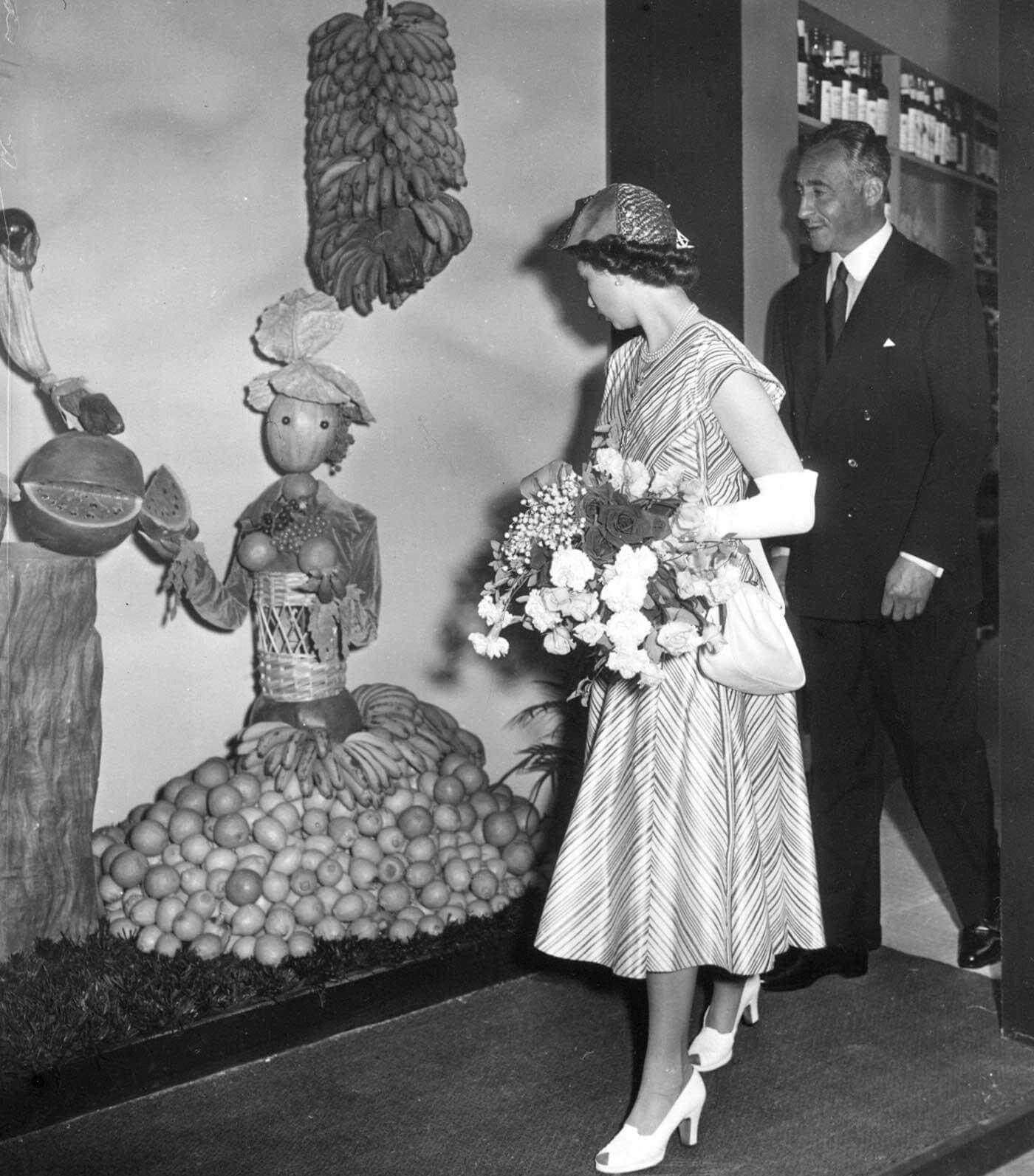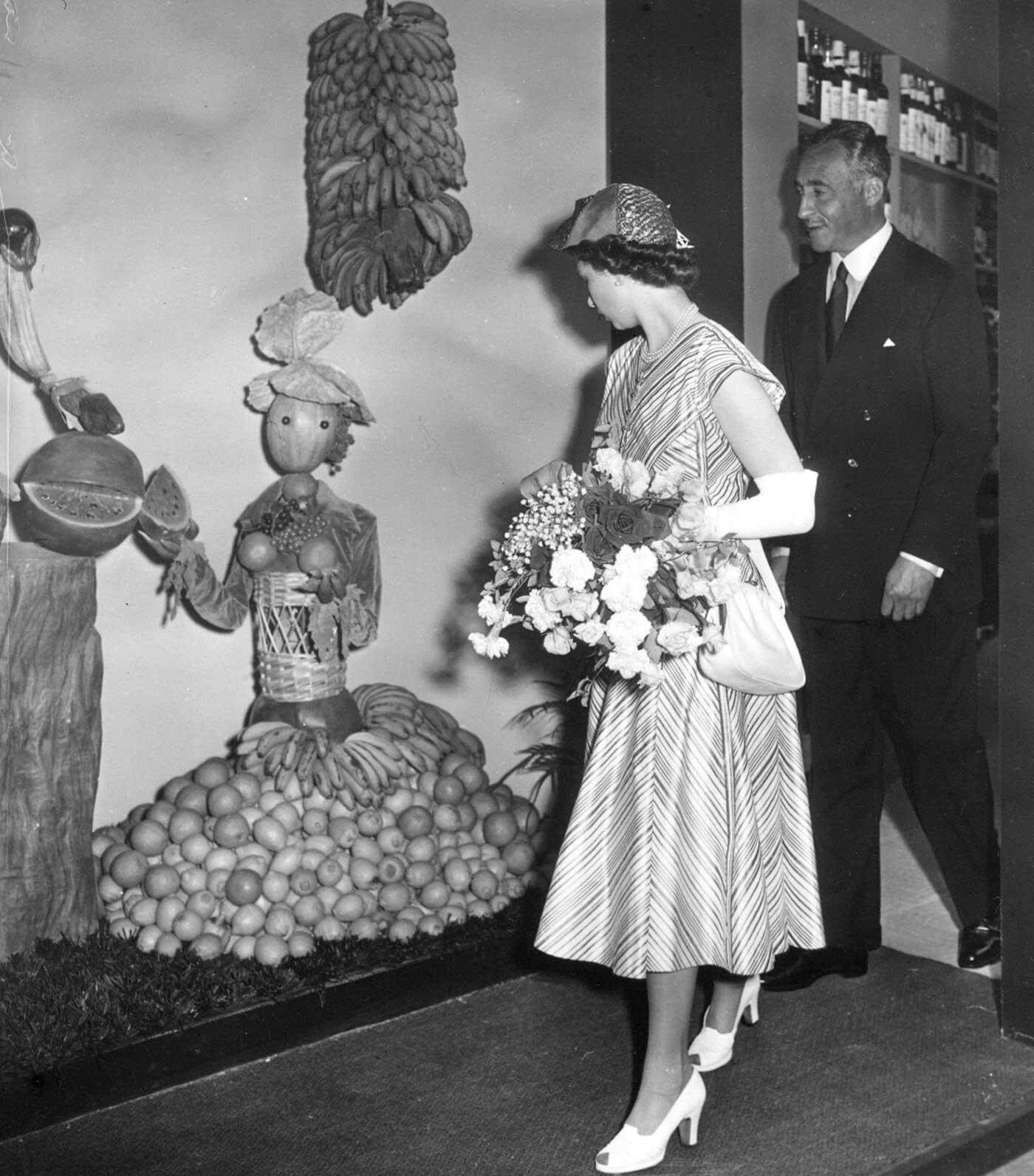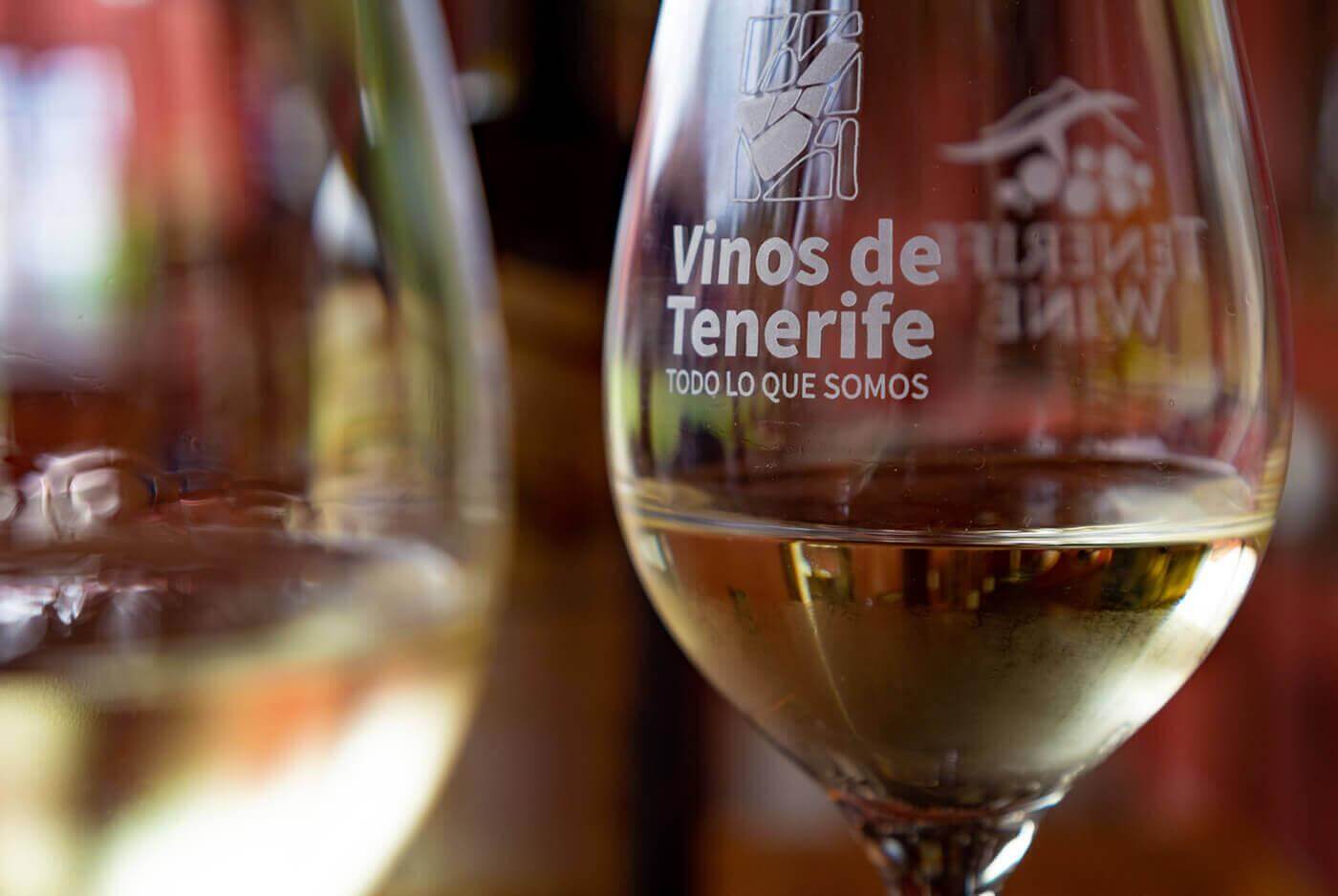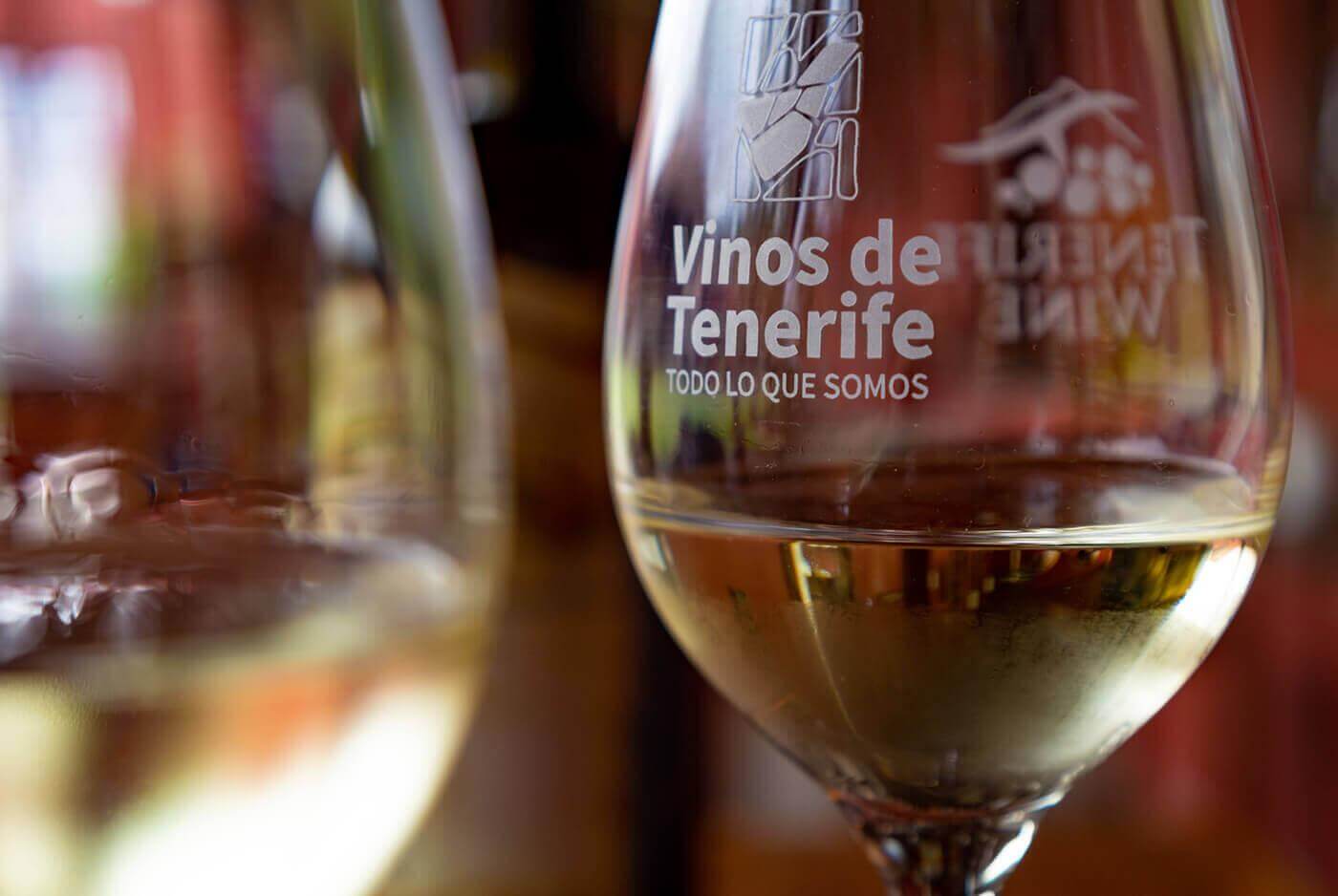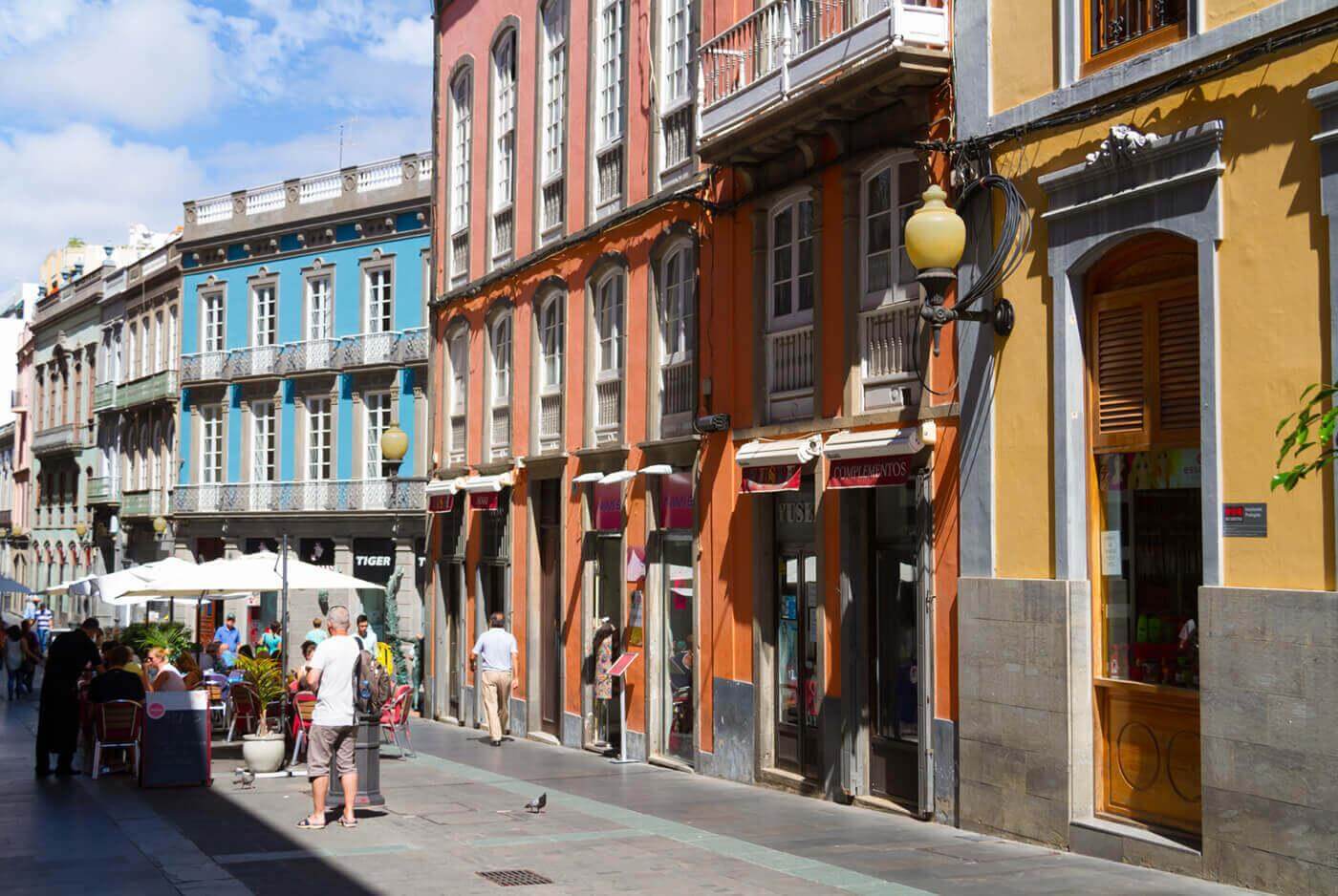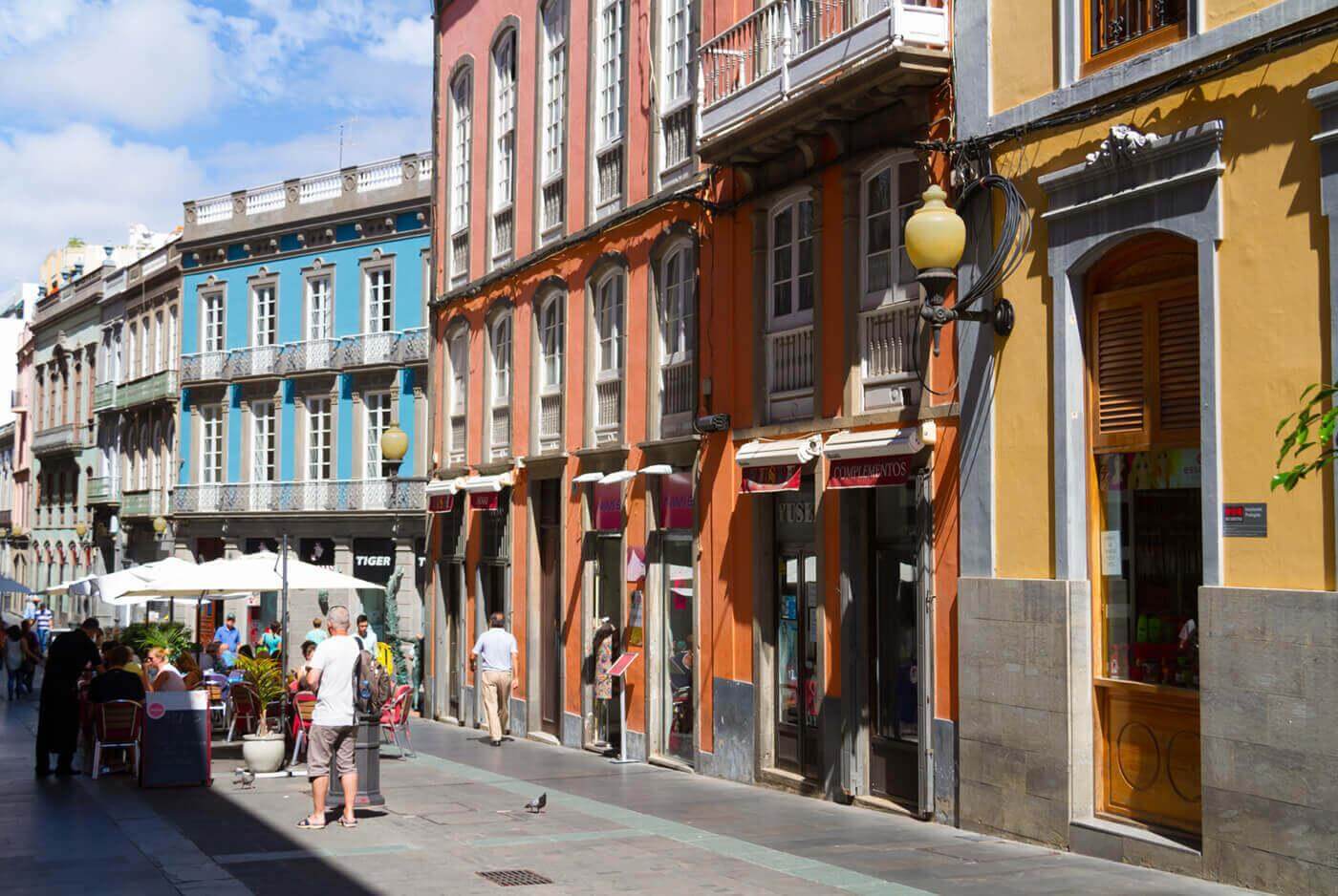“Las Palmas de Gran Canaria welcomed Queen Elizabeth II and her floating palace, the Royal Yacht Britannia, on numerous occasions. It was the vessel’s only port of call outside the British Empire and one of her favourites”, said chronicler of Telde Antonio Morales Padrón.
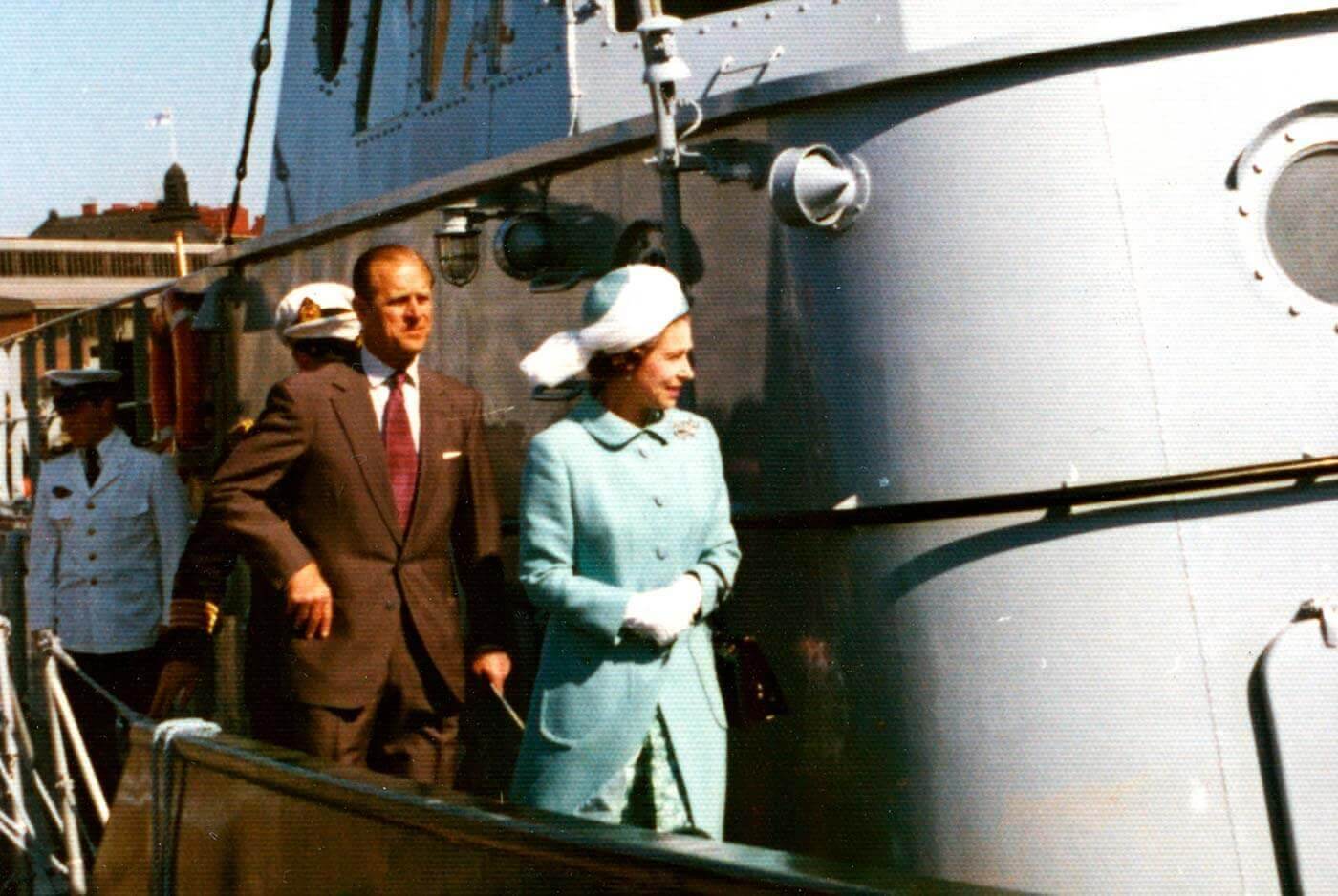
“Although the Queen did not come ashore, she was visited by the island’s official physician, Mr Pávila, an Englishman married to a Canary Islander she had authorised him and bestowed upon him the title of “Doctor to her Most Gracious Majesty”. When the Britannia was moored, the British Club would host a great party for the entire British community on the island. British subjects would raise a glass and toast before a portrait of the Queen hanging in the main lounge as though she were present”.
The Canaries were and still are Europe’s spa and a strategic location for British trade worldwide.
Queen Elizabeth II had close ties with the island, continuing the traditional British trade in the Canaries since the 16th century. In fact, writer and journalist Fernando Delgado Arbelo found a snapshot of Elizabeth II in 1954 in the archives of the farming cooperative in the North of Tenerife.
The photograph shows a “curious” monarch looking at the Canary Island banana palms at the exhibition of the Northern Tenerife Farming Federation (Federación Agrícola del Norte de Tenerife (FAST)) at the Food Fair held in Olympia Hall in London.
“What most people do not know”, says the chronicler of Telde, “is that bananas, like tomatoes, cochineal, and sugar, among other products, were brought to the Canaries by the British. The country still considers the islands important trading ports with its territories outside the British Isles, given their unique geographical situation at the crossroads to three continents”. “The English was essential to Gran Canaria”, explains Antonio Morales Padrón, “whose history would have been entirely different without products like the banana and the tomato”.
The British influence
The British had such an influence that, naturally, Queen Elizabeth II would visit with the Royal Yacht Britannia. There is still a community of around 30,000 British residents, 14,557 in Santa Cruz de Tenerife province and 14,166 in Las Palmas. They have founded not only English hospitals but also clubs, cemeteries, and Anglican churches. Such was the importance of the British in Gran Canaria that the British Vega de San José Cemetery has been recognised by the Government of the Canary Islands as an Asset of Cultural Interest.
When the British started trading from the Canaries, trading families like the Elders and Millers were attracted to the islands, where they supported the building of a church in the Garden City district, which was known as British Town in the early 20th century. The Winston family, who resided in the Triana area, was well known when the port was housed in the San Telmo wharf. Mr Leacock and his family came from Guía and Gáldar with their wine business, attracted by the business opportunities offered by the banana trade at the end of the 19th century. They eventually became great landowners in these municipal areas.
Wine has also been an important link between Great Britain and the Canaries, particularly Tenerife. It is no surprise that the British Navy was a regular on these islands, whose wineries were visited by the Earl of Sandwich, John Jervis, and Horatio Nelson, to name a few. Captain Cook drank it during his conquest of the Pacific and, according to researcher Carlos Cólogan, whose lineage is linked to the traders to called at the archipelago in the 17th and 18th centuries, was on the Bounty before the famous mutiny on the high seas. Tenerife’s wine was also the tipple of choice of the British fleet when it went to take over Australia.
“In fact,”, revealed Antonio Morales Padrón, “London has a replica of the Canaries because many families had shares in Canary Wharf, an important business centre where Canary Island products were brought in from Puerto de la Luz in Las Palmas and Puerto de Santa Cruz in Tenerife”. The port is in Isle of Dogs in the London district of Tower Hamlets in the Docklands area.
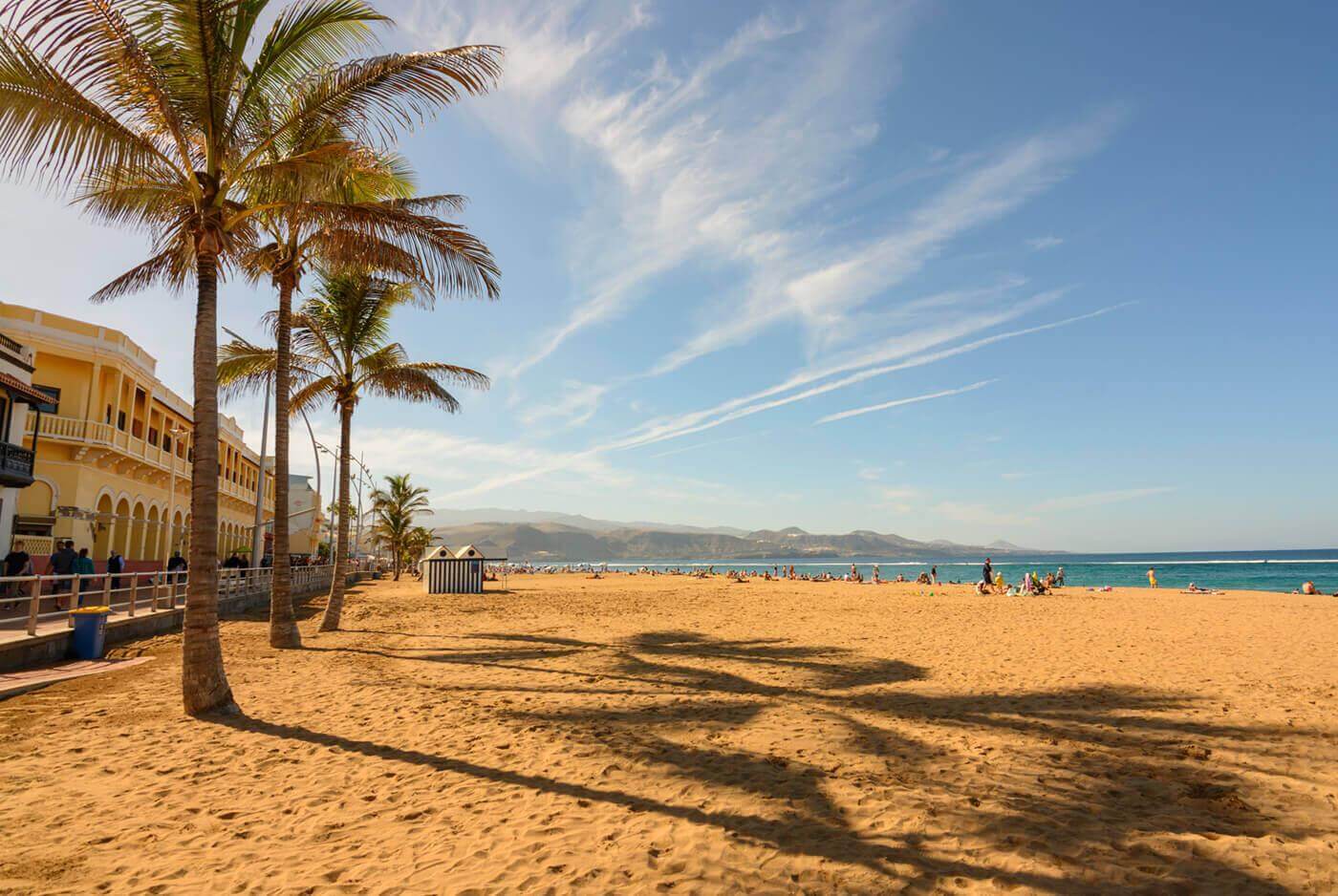
The echoes of the Canary Islands are a great commercial port and a large health centre, which may be the reason why Queen Elizabeth II arrived in Gran Canaria with her Royal Yacht Britannia back in the 19th century, in the throes of the industrial revolution, the island was already considered “a place to restore body and mind at a time when coal was ravaging the lungs of Londoners”. The Queen had heard about the sun, the lovely temperatures on the island and numerous spas open to the British, who welcomed the doctor, Mr Pávila, in her royal cabin, “because this was the final port authorised before America and Asia where she could speak English with English people and drink tea”, said González Padrón. How could she not have known when writers like Agatha Christie, politicians like Winston Churchill and icons like Aristotle Onassis and Paul Newman like to spend long periods on the beach at Las Canteras? Not to mention the old Hotel Metropol, now the headquarters of Las Palmas de Gran Canaria City Council, which was so famous for its English parties.
Images "Creative Commons" by Dirk Vorderstrasse and The Museum of Finnish Coast Guard.



